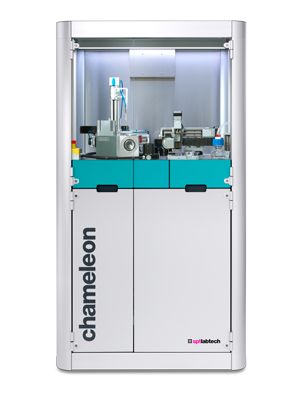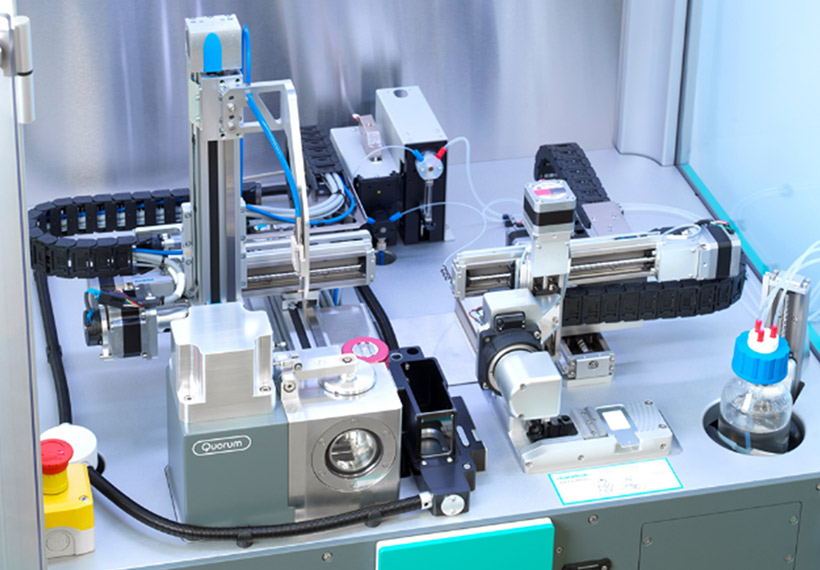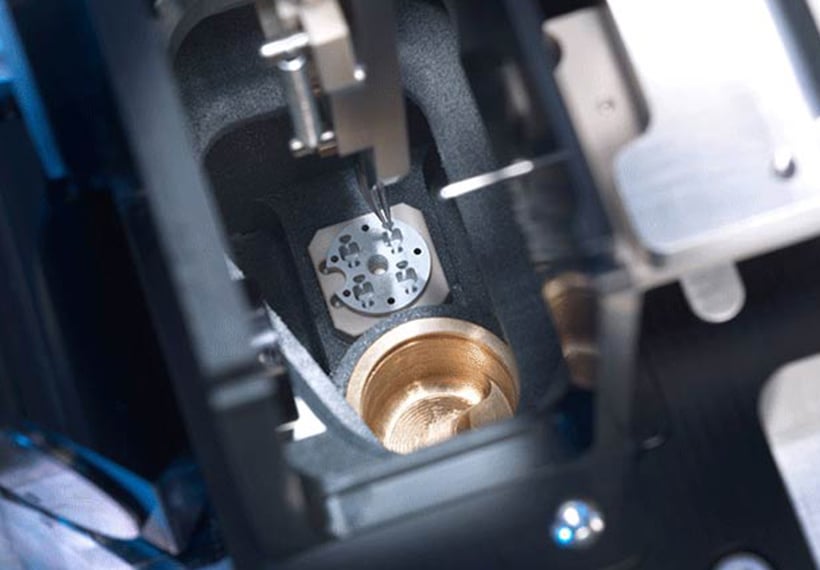
- Applications
-
Products
-
Liquid Handling
- firefly Accelerate genomic research with innovative all-in-one, compact liquid handling
- mosquito Nanolitre liquid handling technology performs ‘traditional’ tasks at a fraction of the volume, and higher speeds
- dragonfly Delivers accurate and repeatable nanolitre to milliliter dispensing
- apricot Automated liquid handling instrumentation for convenient general use across your entire team
- Sample Preparation
-
Sample Management
- comPOUND A scalable, reliable, and secure compound management solution
- BioMicroLab Easy-to-use sample management automation instruments
- arktic Robust biospecimen storage and management down to -80°C
- lab2lab Novel sample and data transfer network system
- comPACT Reliable and efficient -20°C storage and retrieval has never been more accessible
-
Liquid Handling
-
About
- Company With a focus on liquid handling, sample preparation and sample management, our expert teams create state-of-the-art solutions that scientists and researchers can trust Culture We have one overarching mission: to work together to accelerate life science research. Through our innovative solutions and state-of-the-art tools, we believe we can make a real difference to human health Partners Collaboration is key in our mission to make a real difference to human health. Partnering with application leaders globally, we co-create to solve new challenges across the life sciences. Innovation From the initial prototype through to manufacturing, installation and beyond, we bring a problem-solving mindset and technical expertise to drive innovation
-
Executive Leadership
 Through strategic guidance, visionary thinking, and a relentless pursuit of excellence, our senior executives steer SPT Labtech towards achieving its mission of making a real difference to human health through solving advanced laboratory challenges.
Learn more
Through strategic guidance, visionary thinking, and a relentless pursuit of excellence, our senior executives steer SPT Labtech towards achieving its mission of making a real difference to human health through solving advanced laboratory challenges.
Learn more 
-
View all
 Board of Directors
Board of Directors
 Our Board of Directors are committed to driving the long-term success and sustainability of SPT Labtech, providing expert guidance and oversight to execute the company’s ambitious commercial strategy.
Learn more
Our Board of Directors are committed to driving the long-term success and sustainability of SPT Labtech, providing expert guidance and oversight to execute the company’s ambitious commercial strategy.
Learn more 
-
Knowledge Base
- Resources Our wide range of insightful resources include videos, whitepapers, eBooks, application notes and more Events & Webinars Meet the SPT team at events all over the globe and virtually via our webinars Podcast We chat with innovators and leaders from across the community to gain their unique insights. News Latest news from SPT Labtech globally Blog Our latest blog posts feature trends in research, innovative techniques and new technology
-
23 June, 2025
 SPT Labtech Named Illumina Qualified Methods Provider Following Successful Automation of Illumina DNA Prep on firefly® Platform
Continue reading
SPT Labtech Named Illumina Qualified Methods Provider Following Successful Automation of Illumina DNA Prep on firefly® Platform
Continue reading 
-
23 April, 2025
 A trusted partner in drug discovery: Viral Patel’s 20-year journey with mosquito®
Continue reading
A trusted partner in drug discovery: Viral Patel’s 20-year journey with mosquito®
Continue reading 
-
26 March, 2025
 SPT Labtech and Biortus Launch Joint Laboratory of Structural Biology in China
Continue reading
SPT Labtech and Biortus Launch Joint Laboratory of Structural Biology in China
Continue reading 
10
- Careers
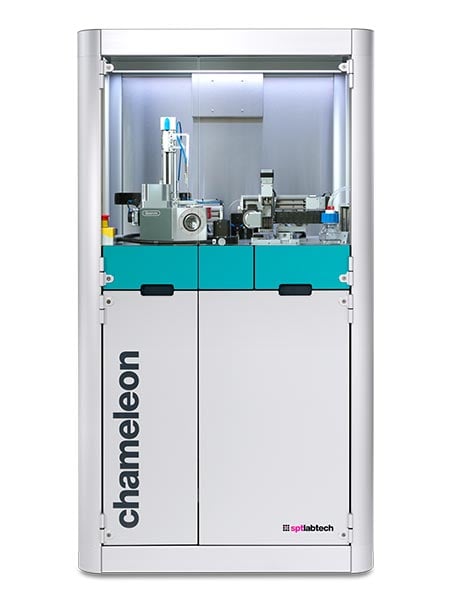
Optimize cryo-EM sample preparation workflows
chameleon delivers optimized grid vitrification for cryo-EM by combining next-generation automation, blotless grid technology, and high speed plunging. Thinking beyond existing sample preparation workflows enables routine high resolution structural studies.
Onboard cameras provide visual images during freezing
Enabling the easier selection of only good grids based on visual images during freezing reduces the requirement for costly microscope screening and saves valuable research time.
High-speed plunging
chameleon’s high speed plunging capability reduces air-water interface protein denaturation effects and allows better handling of difficult samples to improve quality and enable better research outcomes.
Blot-free technology
The blot-free technology using self wicking grids minimizes variability and enables researchers to gain precise sample specific control of ice thickness.
Precise automated grid handling
With almost no manual handling required, chameleon eliminates common grid damage and loss issues to increase workflow efficiency and reduce waste.
Guided workflows enable simple set up, use and cleaning
Intuitive design makes the instrument easy to use even for novice operators, minimizing training time and streamlining set up.
In-line glow discharge
Easily apply real time adjustments to perfect your sample behaviour and achieve the perfect ice thickness.
Automated cryogen level sensing and temperature control
Ensure the safe storage and control of cryogens in an automated drawer to maintain their stability and quality and assure research integrity.
Captures all relevant grid parameters and images
Improved data collection and record keeping enables future repeatability as well as data mining to inform new research avenues.
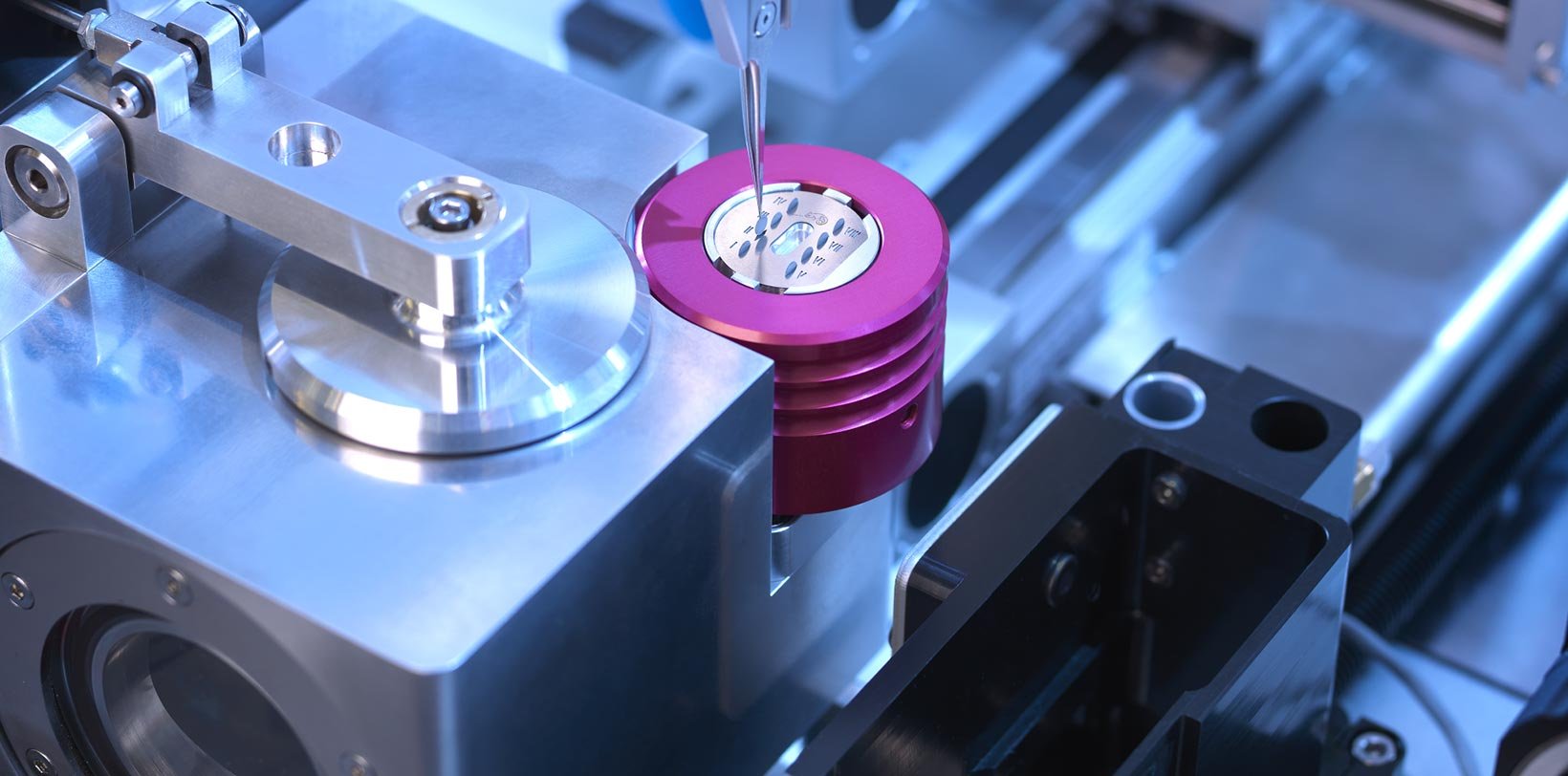
How to access chameleon
If you have a cryo-EM sample that you would like to prepare using chameleon’s optimized grid vitrification, you can access the instrument directly at various sites or via more widespread, free-to-access programs.
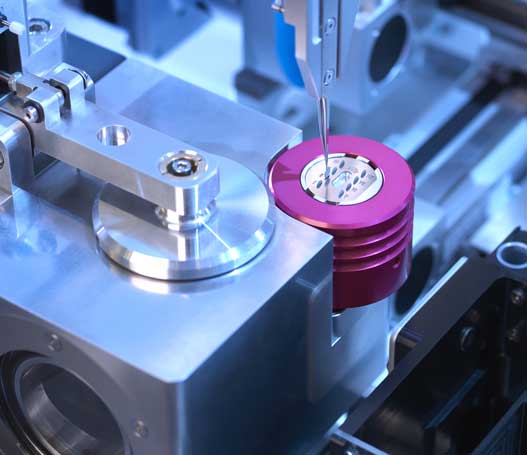
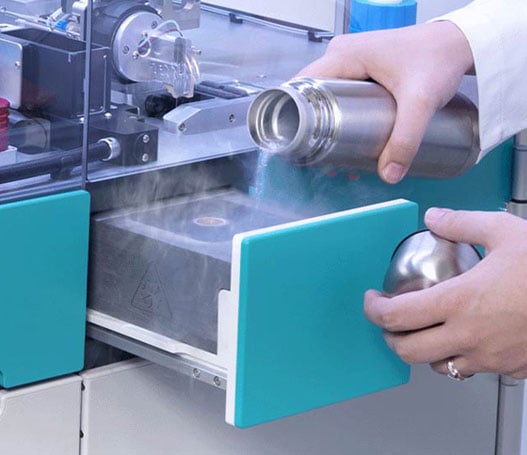
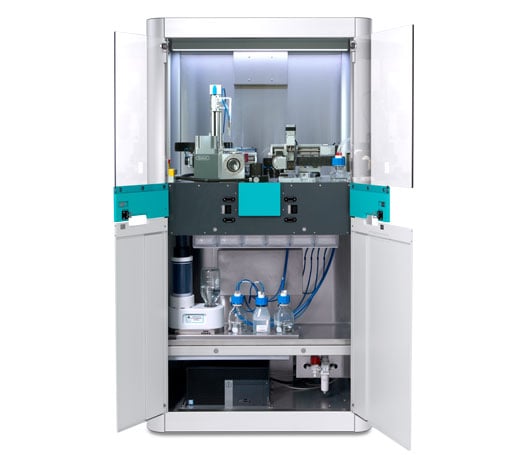
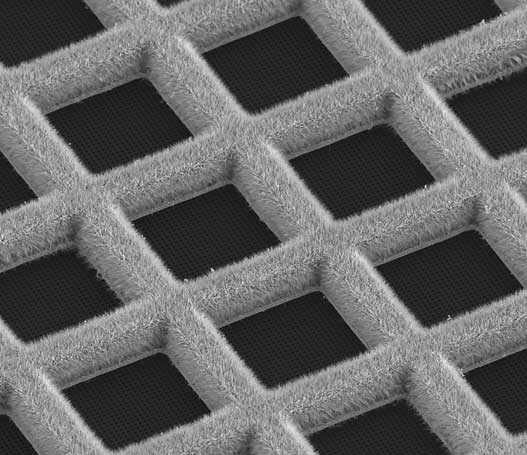
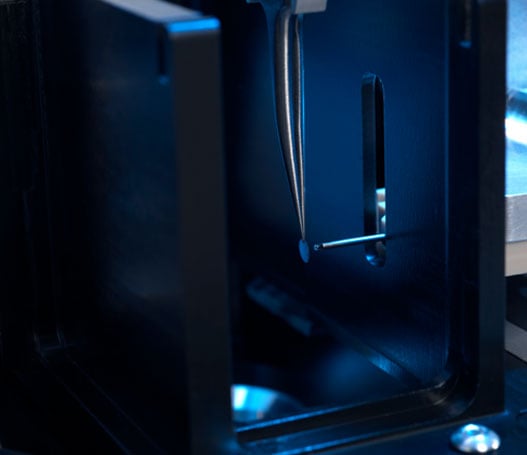
chameleon Citations
Technical Specification
Scroll to view more information
| Minimum sample volume | 5 µL | Sample block temperature control | 4°C to 37°C |
| Minimum dispense volume | 6 nL | Weight | 300kg |
| Standard dispense-to-plunge time | 101 msec | Dimensions (W x D x H) | 916 mm x 708 mm x 1687 mm |
| Fastest dispense-to-plunge time | 54 msec |

The chameleon has enabled an efficient cryoEM workflow for Arvinas by allowing us to freeze our samples promptly upon elution from the column, thus allowing rapid capture of complexes on grids ready for cryoEM data collection. By improving sample quality and reducing screening loads on microscopes, chameleon has allowed us to leverage both academic and industry partners for data collection. This allows us to focus our resources and efforts on producing high-quality protein complexes to advance the field of PROTAC® protein degradation.
Katie Digianantonio, PhD
Research Investigator



